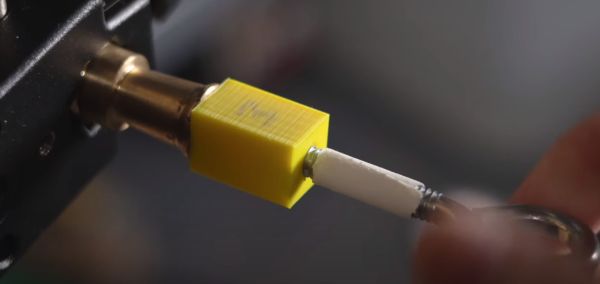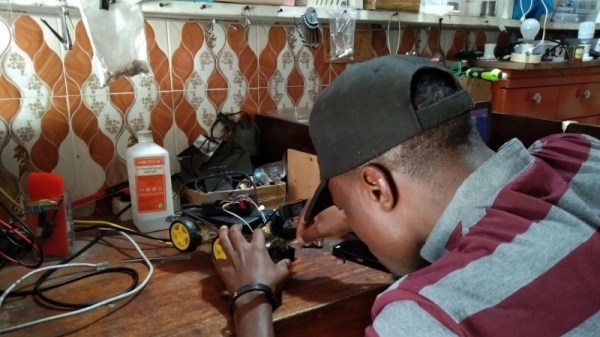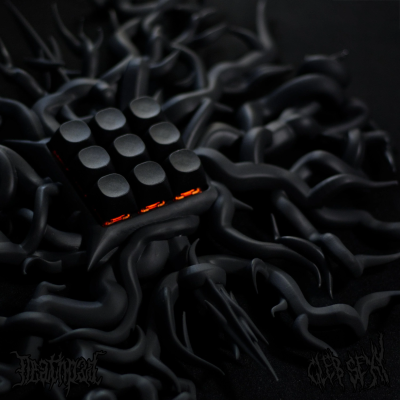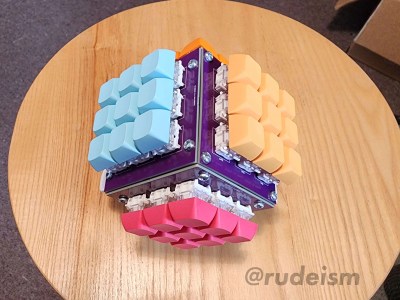One of the challenges with 3D printing is seeing how far designs can be pushed before they break. This includes aspects like flexible hinges and structural components, but also smaller details such as screw threads. Often metal inserts with threads are added to FDM 3D prints by melting them into the plastic, but might 3D printed threads be sufficient for many cases? This is a question which [Adam Harig] sought to investigate in a recent video while working on parts that would connect to a rather expensive camera.
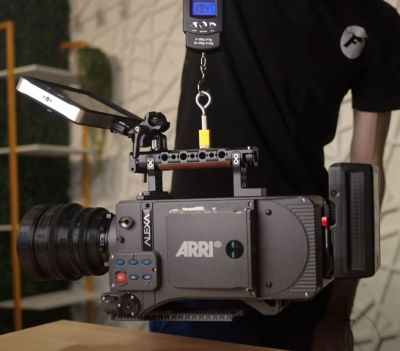
Rather than risking the camera, a few stand-in cubes printed in PLA+ (AnkerMake brand) were used, with these and their internal thread being exposed to destructive testing. For the measuring equipment only a luggage/fishing scale was used. The difference between the test parts was the amount of infill, ranging from 10 to 100% infill, with 0.2 mm layer height. After this the test involved pulling on the metal hook screwed into the plastic test item with the scale, up to the point of failure or the human element giving up.
The results are rather interesting, with the 100% infill version scoring better than than the 50% infill version (the next step down), with [Adam] giving up on trying to pull the test unit apart and with the scale maxed out. This gave him enough confidence to use this design to lift his entire camera off the table. What’s perhaps most interesting here is that the way the test items were printed, the layers experienced a peeling force, which as the final clips in the video show seemed to often result in the bottom layers giving away, which was the part not being held together by the metal screw inside the item. What the effect of dynamic loads are is something that should possibly also be investigated, but it does show that FDM printing screw threads is perhaps not that silly.
(Thanks to [Pidog] for the tip)
Continue reading “Putting 3D Printed Screw Threads To The Test”

